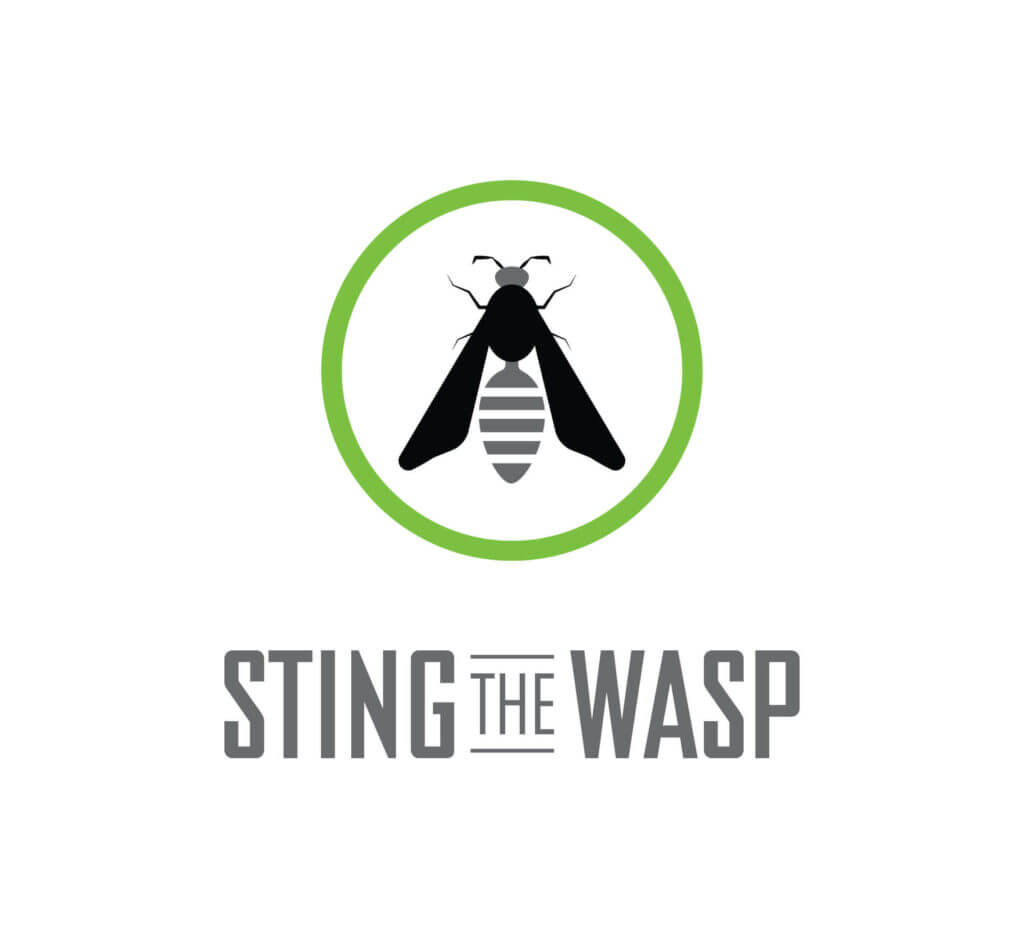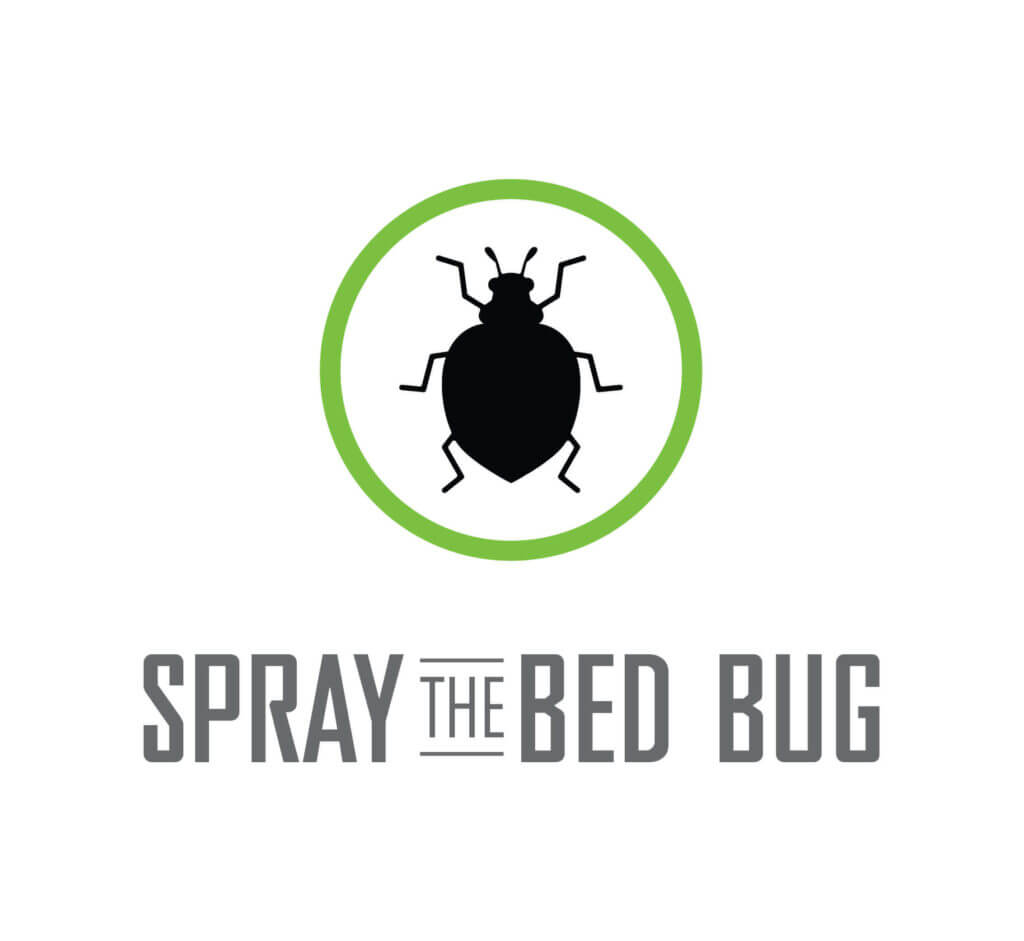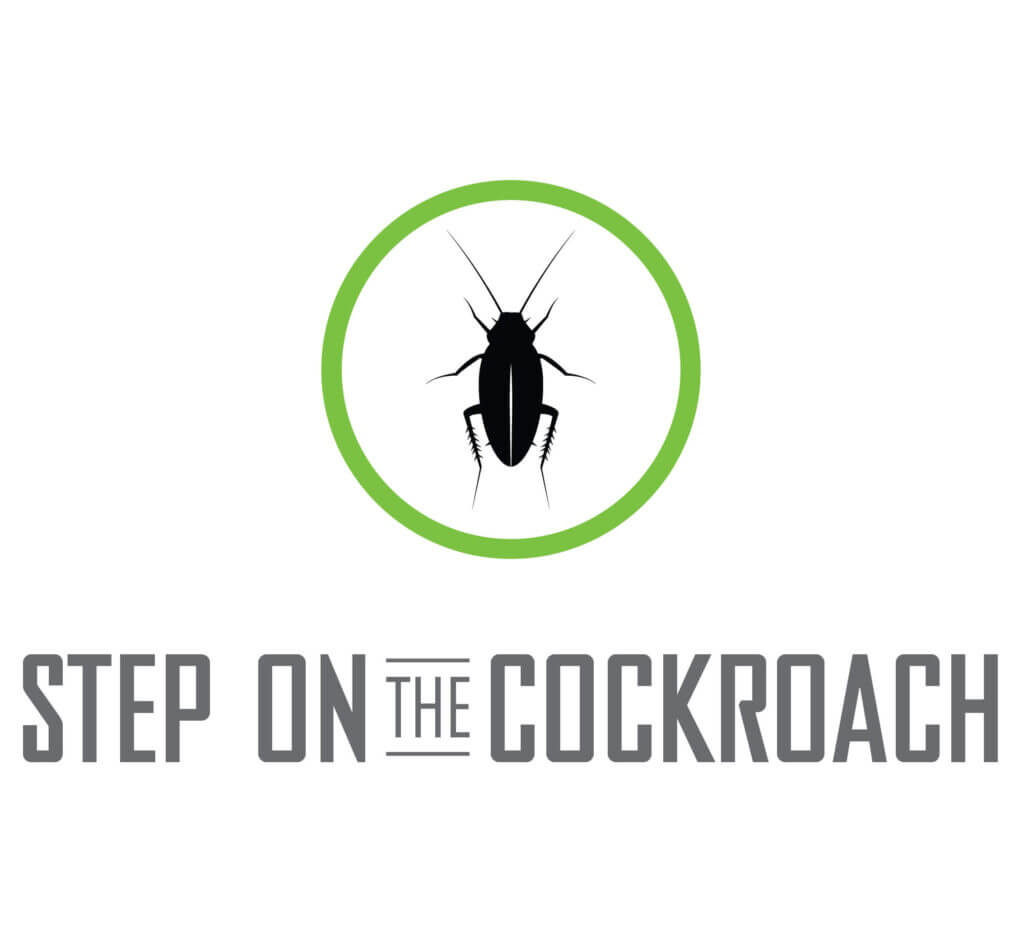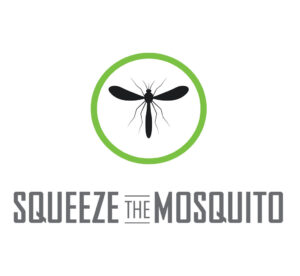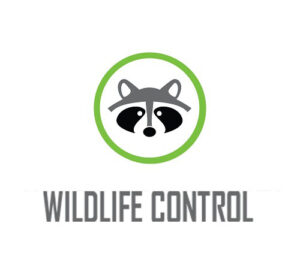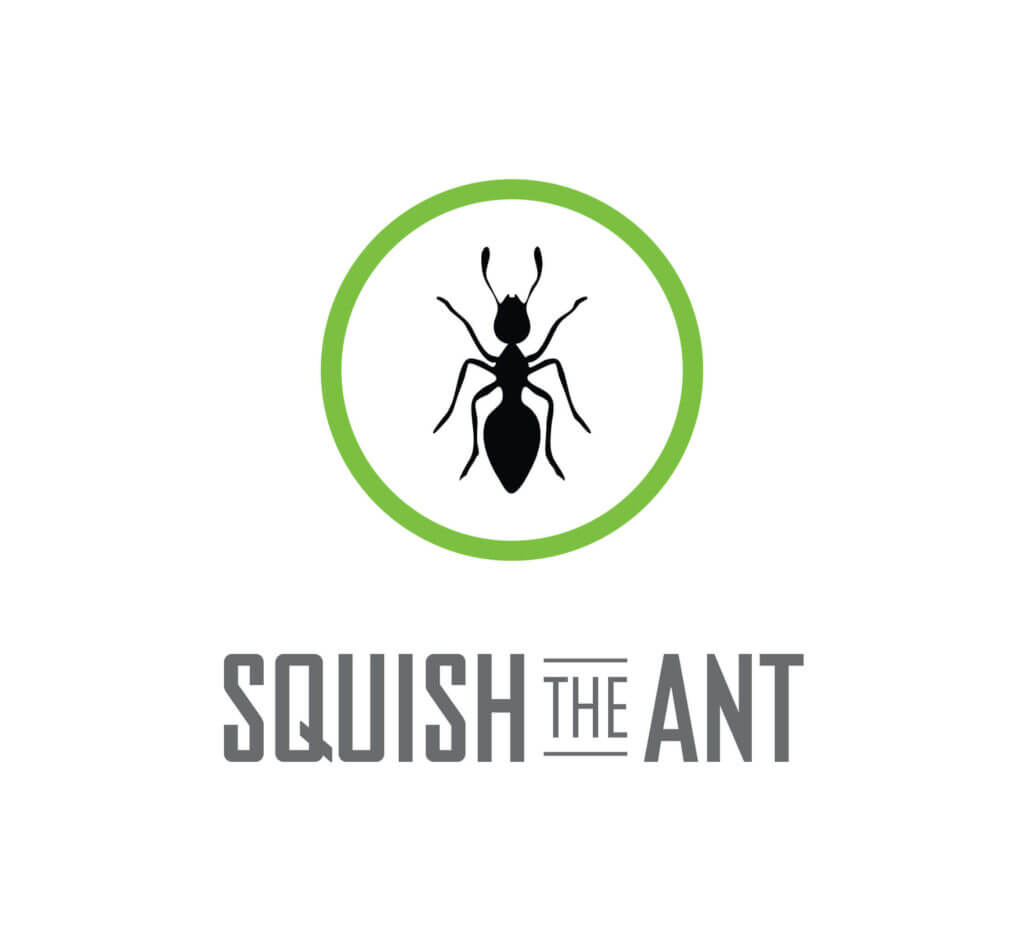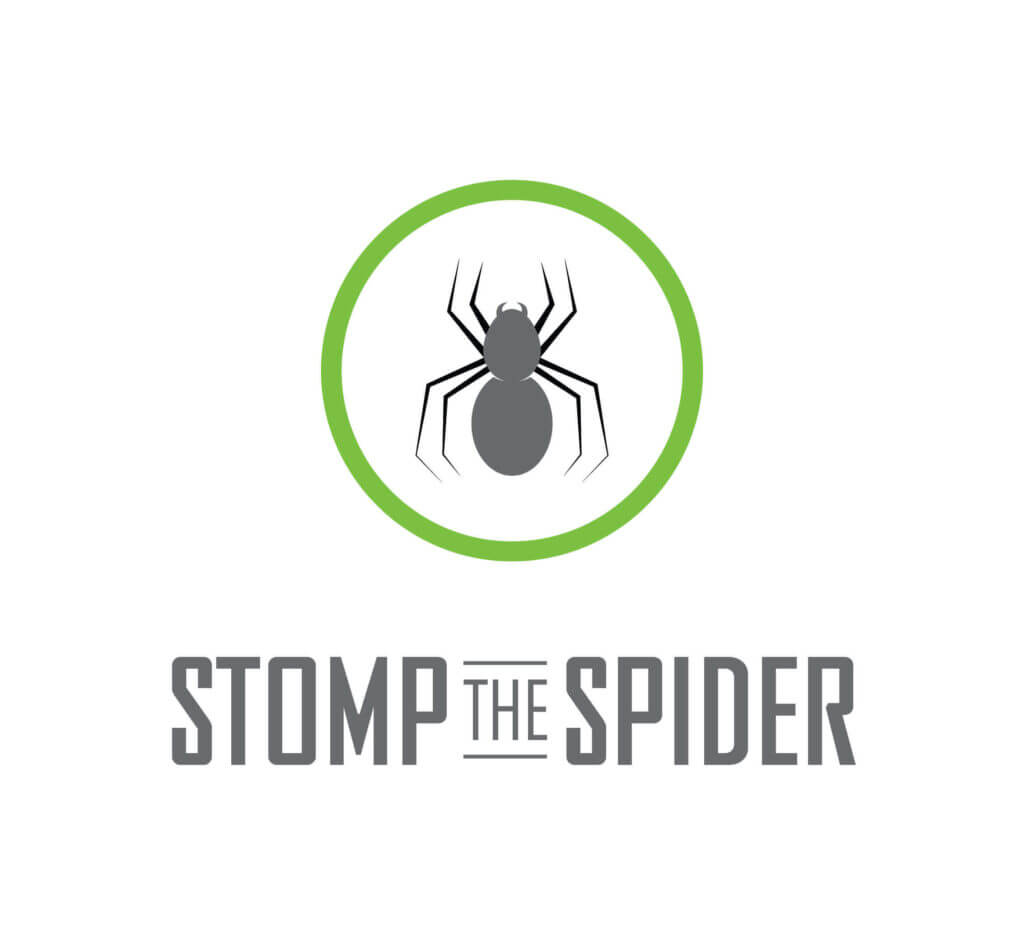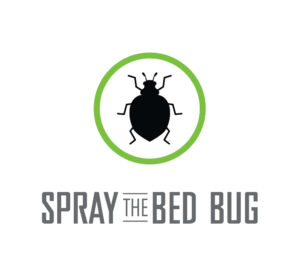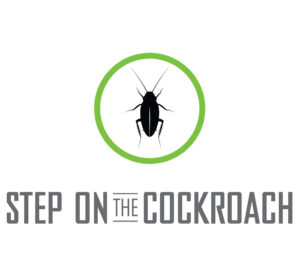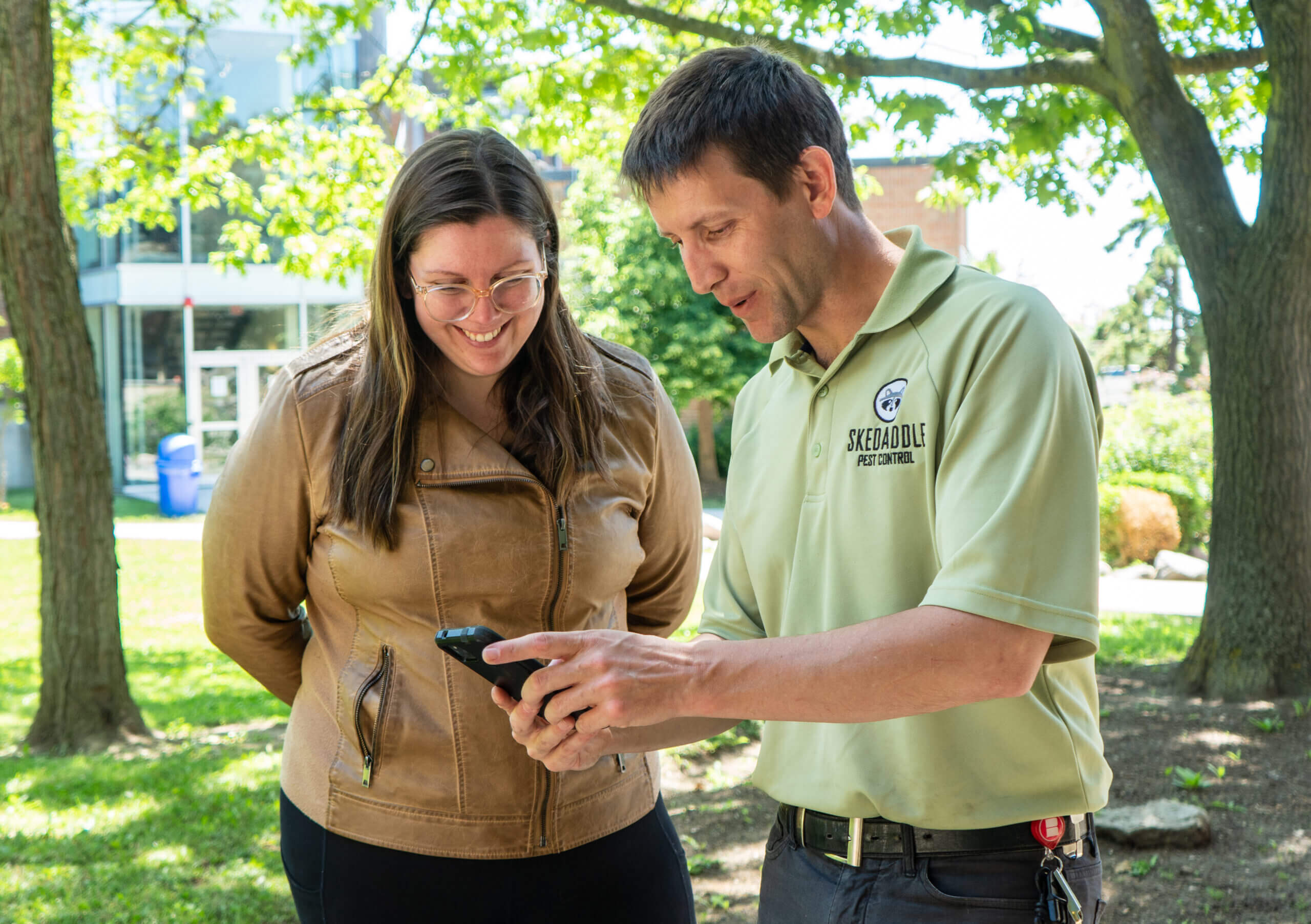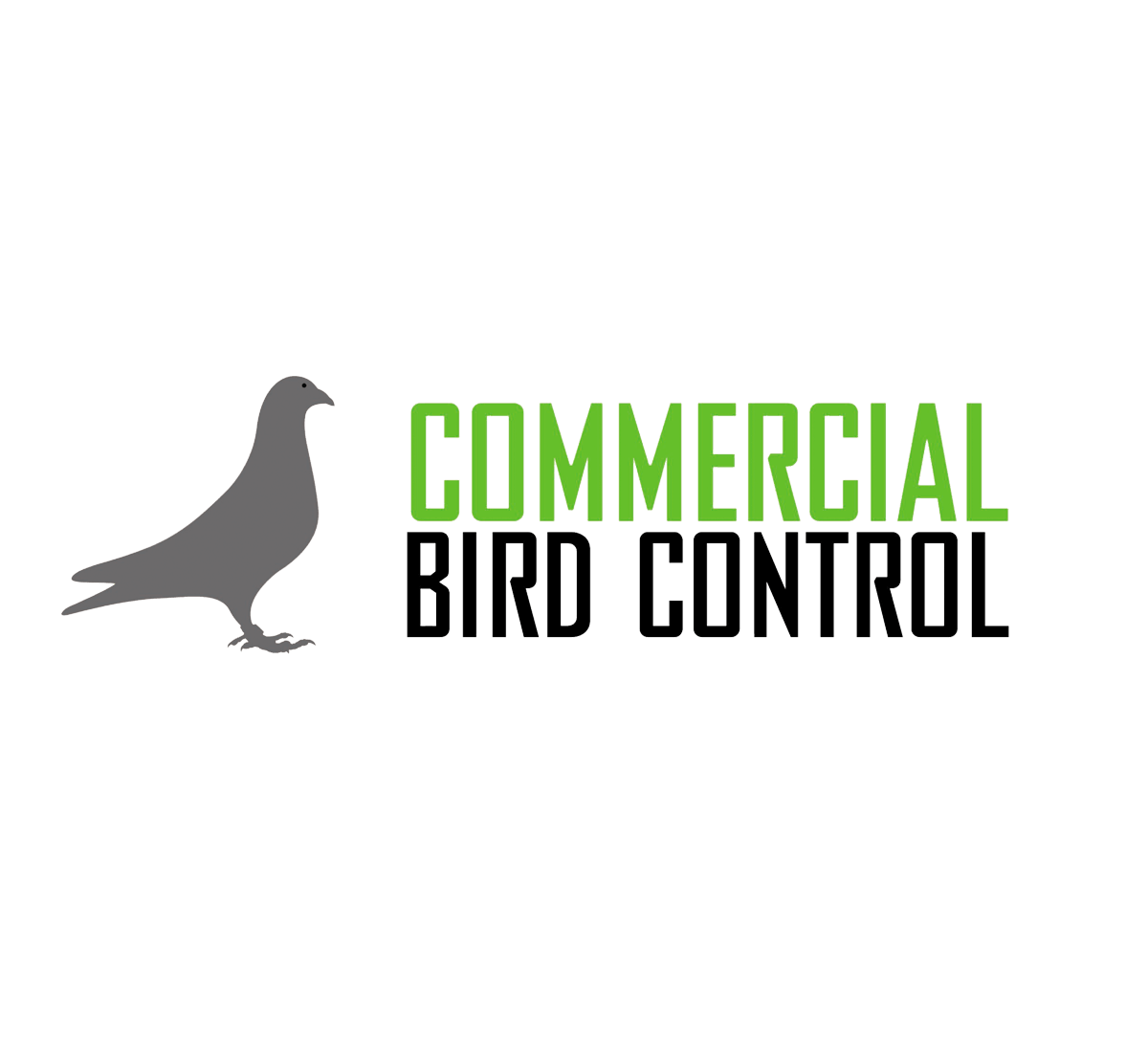How Skedaddle Protects Homes From Thriving Wildlife in Elora and Fergus
Elora and Fergus both have unique landscapes that play a role in why their residents face a variety of wildlife conflicts and infestations. Like many communities in Wellington County, the communities of Elora and Fergus are a green haven for urban wildlife. Situated between the Elora Gorge Conservation Area and Belwood Lake Conservation Area, Elora is a convenient place for urban animals to find shelter and food, while also remaining close to natural landscapes and water sources. Like humans, wildlife prefer a cosy and secluded place to shelter, especially during the colder fall and winter months. Despite having an abundance of natural spaces nearby, they often choose the warmth of an attic, chimney or vent for their homes. Fortunately when wildlife gets too close for your liking Skedaddle is here to help protect your home and family.
Since it is not possible to trap all of the nuisance animals and remove them from the area, the only permanent solution to wildlife infestation is to properly protect your home. There are no one-size-fits-all solutions when wildlife make their way into your attic, shed, walls, basement or vents. Residents in Elora and Fergus need the expertise and training of Skedaddle’s wildlife removal professionals in order to protect their home from recurring wildlife issues. Our local team of friendly technicians know exactly where to look and have the tools, equipment and knowledge needed to safely keep wildlife out of your home for good.
At Skedaddle, we provide Elora and Fergus residents with both humane and effective removal options, allowing property owners to safeguard their home without having to harm local wildlife. Our technicians are equipped with proper tools and practices to safely remove wildlife and any babies present, so that they can rejoin the natural world and return to one of their alternate den sites in the area. With a protective barrier that could include galvanized steel screens or our wildlife exclusion sealant covering each potential entry point, wildlife in Elora and Fergus will be kept out and forced to find another warm den site in the area, leaving your home safe and secure.
Understanding Wildlife in Fergus and Elora
Elora residents enjoy the beautiful natural spaces and scenic views that attract so many tourists each year. Just as many people are drawn to the beautiful green spaces like the Elora Gorge and Bissell Park, wildlife are at home in the area as well. As more development continues in the neighbouring areas of Kitchener, Waterloo and Guelph, Elora’s natural landscape provides a favourable denning location for wildlife. Every year residents in Elora face wildlife problems inside and around their homes. As wildlife continue to adapt to the changing landscape, they often choose to make their homes inside attics, vents, chimneys, sheds and garages.
Elora offers a moisture-rich environment where wildlife and pests can thrive. The Elora Gorge Conservation Area provides protected mature tree populations, cliffsides, quarries, and green spaces where wildlife can find food, water and shelter – the three things animals are constantly searching for. The rivers and tree canopy throughout the community of Elora act as travel routes for urban animals in the area to make their way into residential and commercial spaces. Surrounded by other rural towns and farmland, Elora is the perfect calm combination of nature and urbanization for wildlife to acclimate to their changing surroundings. In Elora, wildlife still have access to rivers, ponds and forested areas, as well as the convenient shelter of numerous attics, vents, sheds, basements, porches, decks and garages.
Next door to Elora, Ferus offers wildlife an abundance of waterways. Wildlife within Fergus have direct access to the four small ponds as well as the Grand River that flows through the middle of the community. With adequate water resources, the wildlife in Fergus then look to residential and commercial buildings to create a permanent home. Garages, attics and sheds are often preferable to animals than their natural environment because of the ideal shelter provided, as well as direct access to food in the community.
Despite being the largest community in Wellington, Fergus has maintained a mature tree canopy that envelops much of the community. This strong tree canopy and the several water streams that branch off the Grand River act as travel routes for urban animals in the area to make their way into various residential and commercial spaces. Undetected as they traverse natural laneways, wildlife make their way into backyards and eventually inside homes. While most Fergus residents expect to spot wildlife on a walk through Holeman Park or Ever Smiles Gardens, they are just as likely to see wildlife on their property. As Fergus and the surrounding areas in Wellington County continue to expand, these wildlife intrusions will only become more likely.
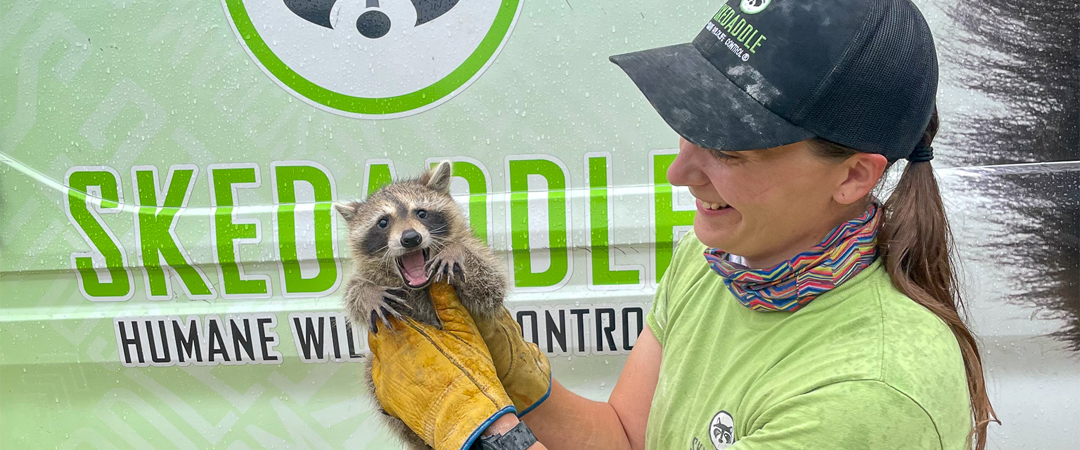
Why You Need Professional Wildlife Removal in Elora and Fergus
Elora and Fergus have diverse architecture styles that impact the way wildlife can make their way inside structures. Older century homes that lie along the river’s edge are incredibly susceptible to wildlife problems. Over the years gaps and cracks can open up along the exterior of homes, making it easy for animals like mice and rats to get inside. The beautiful century homes found in Fergus and Elora can be challenging to upkeep and maintain and that can lead to wildlife entry. On taller homes, gaps along the roofline can easily go unnoticed by homeowners. Large colonies of bats are commonly found inside the attics and walls of heritage homes in Fergus and Elora. Bat colonies grow year over year meaning older homes tend to host larger amounts of bats and their age, steep roofs and complex rooflines can make bat removal more challenging. Successful and humane removals of bats calls for the experience and knowledge of Skedaddle’s team of experts.
In addition to existing homes, new residential developments continue to be built throughout Elora, Fergus and the surrounding area. During and shortly after construction many species of wildlife are displaced but with time urban animals return to developments lured by food and shelter. Even the newest construction styles do it take wildlife into consideration. This means that new townhouses and single family residences are built with gaps and openings that wildlife can use to gain entry.
The most common points of entry on a home are wall vents, roof vents, weep vents and soffits. These areas are often used by mice, raccoons, squirrels and bats, who are looking to build their homes inside your attic, walls or chimney. At Skedaddle Humane Wildlife Control, we know that when wildlife make themselves at home on your property it can be incredibly stressful for homeowners. Removing wildlife and keeping them out isn’t easy, and the task is made far more difficult during spring and summer when females give birth to new litters of babies. Female raccoons, squirrels and skunks seek out secure den sites to birth and raise their babies, and attics, crawlspaces, chimneys and garages, as well as below porches and decks are some of their favourite places in urban settings.
The arrival of wildlife babies, typically occurring between late February and early April, makes removal more challenging for a number of reasons. Many wildlife babies are born with their eyes closed and grow up over a period of months. This means that there’s no way to trap or chase away young litters. The only way to remove baby raccoons, squirrels and skunks is by hand and that means finding the litter the mother has carefully stashed away and retrieving them from her. Skedaddle specializes in humanely removing wildlife babies from the hardest to reach areas of homes and reuniting them with their mother on the outside, giving them the best chance at survival. With her entry point blocked and the rest of the home secured by our team, the mother can then relocate them to one of her alternate den sites in the area.
Skedaddle’s Approach to Wildlife Control
During spring and summer failure to account for or properly remove wildlife babies can lead to their mother abandoning them inside your home, along with unnecessary and costly home damage. Our team has the experience and expertise to remove wildlife safely, humanely, and effectively. It all begins with a thorough inspection of your property to develop a customized removal, clean up and prevention plan to ensure your home is protected. Call us today to schedule a visit and protect your home and family.
Wildlife in Elora and Fergus can create serious health and safety problems during their stay, and can cause injury and infection when improperly removed. You can trust our trained technicians to remove the wildlife humanely, clean up the mess they have left behind and prevent their re-entry. Never attempt to handle or remove wildlife on your own.
Since 1989, Skedaddle Humane Wildlife Control has been working with communities across North America with the purpose of providing homeowners with humane solutions to their wildlife problems. Our team has been helping residents protect their homes and properties with unique exclusion techniques that offer long-term protection against wildlife entry. Our friendly technicians understand the unique challenges that Ontario homeowners face with clever raccoons, squirrels, skunks, birds, bats, mice and rats. Using trusted techniques and industry leading products, we can permanently exclude wildlife from your property, backing our work with a lifetime guarantee so homeowners can rest assured their property is protected in the long run.
Skedaddle Fergus and Elora, Did You Know?
What Other Areas Does Skedaddle Service?
In addition to Elora and Fergus, our team provides humane wildlife control services to the communities of Guelph, Orangeville, Rockwood, Elmira, Arthur, and Acton.
What Wildlife Species Does Skedaddle Remove?
Skedaddle humanely removes and excludes raccoons, squirrels, skunks, birds, bats, mice and rats from homes and businesses in Fergus and Elora.
Does The Township Of Center Wellington Remove Wildlife?
Removing nuisance wildlife from your property is the responsibility of the property owner.
The Guelph Humane Society enforces the Township of Center Wellington’s animal control by-law. This means that the Guelph Humane Society provides emergency wildlife removal services to property owners with sick or injured animals on their property.
How Can I Tell If I Have a Wildlife Infestation in My Home?
Signs of a wildlife infestation can vary depending on the species, but some common indicators include hearing noises in your attic or walls. You may also notice droppings, chewed food packages, or gnawed wood, which indicate rodents or other animals are present. If you find nests made of shredded materials, such as insulation or fabric, or if you smell foul odors, these can also be signs that wildlife is living in your home. Additionally, if you notice signs of damage to the exterior of your home, such as torn screens, broken soffits, or displaced roof shingles, it could be a sign that animals are trying to get inside. If you observe any of these signs, it’s important to call a wildlife control professional to assess the situation and prevent further damage.






